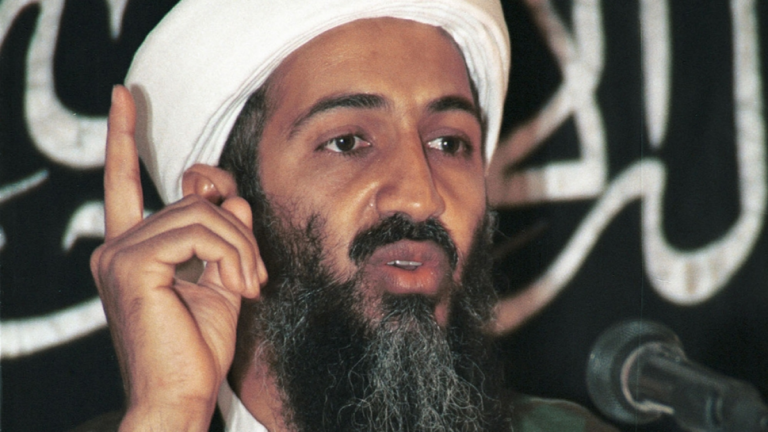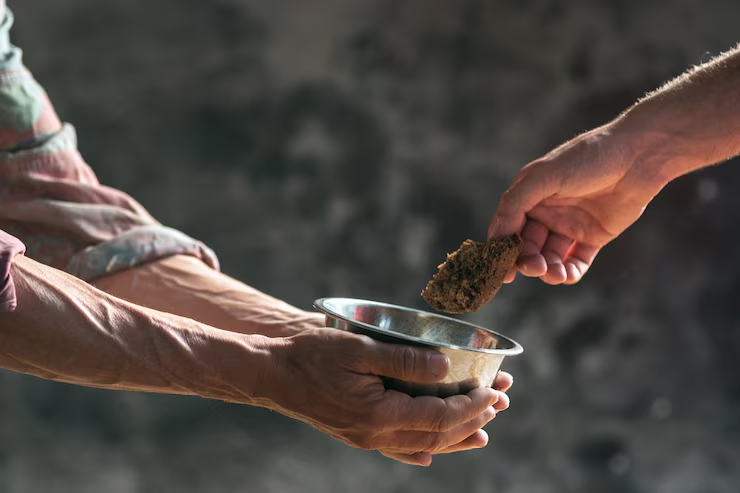Examining Worldwide Poverty and the Issues It Leads to
Right now, fighting poverty is one of the most difficult and confusing challenges the world encounters. Even though there has been major progress against extreme poverty lately, many people remain without adequate living standards.. To gain a clear picture of poverty around the globe, we must analyze both the figures and the personal struggles, injustices and laws that support it.
Poverty appears in different ways arelative povertyround the globe. According to the World Bank, someone living on less than $2.15 a day is considered extremely poor and based on the most recent data, more than 700 million people matched that description. But poverty means more than simply not having enough to live on. It means having limited services, being exposed to harmful economic changes, being isolated from society and lacking political impact. Poverty can be inherited from one generation to another and usually comes in combination with other kinds of marginalization such as gender, race, ethnicity and disability.
Hunger and Poverty: An Issue Around the World
Poverty is best shown by the problem of hunger. The United Nations reports that about 800 million live with chronic undernourishment. For many children, being poorly fed as youngsters can make them weak and slow learners throughout their lives. Besides coming from a lack of money, hunger can also lead to poverty, because those who are hungry often can’t give their best at studying, work or social life. A lot of low-income countries depend on subsistence farming and climate change has made it risky for farmers, leading to periods when food and money are hard to come by.

Health Problems Associated with Poverty
Health is closely tied to issues of poverty. Cheap healthcare, safe drinking water and clean facilities are often hard for poor communities to find. Because of this, there are many hospital deaths among children, diseases that people can live without and shorter average lifespans. Where malaria and diseases caused by water are widespread, people’s poverty and health issues often occur simultaneously. Because of COVID-19, these weaknesses became more obvious and caused even more people to slip into poverty because they couldn’t find jobs or use the health services they needed.

Forming a Foundation to End Poverty
Though education is a strong way out of poverty, not everyone has the same access. Millions of children and especially girls in parts of the world where gender inequality is deeply rooted, are not going to school. When schools are available, many times the education provided in impoverished areas is low-quality, because the places are overcrowded, instructors are not well prepared and they do not have much needed equipment. If children do not receive an education, they tend to get jobs with very little pay which helps perpetuate poverty.
It is clear that poverty also goes hand in hand with systemic inequality. Often, the way our economy, politics and history operate means the wealthy are favored while the poor are left behind. A lot of the time, a few individuals own most of the land, leaving big groups of people landless and excluded. Efforts to tackle poverty are hampered by the problems of corruption, wars and poor government. In such situations, essential services are lost, businesses fail and life is made very difficult for countless people.
Another problem we see is that more people live in severe urban poverty. A lot of people moving to cities for better work often get settled in slums and informal communities, where they endure living in crowded spaces and face unemployment, lack job safety and experience crime. There is a need for cities to plan for all residents and supply decent housing, efficient transportation and important services to the poor.
Both high-income and developing nations face the problem of poverty. Wealthy economies can also have hidden poverty which means homelessness, lacking enough food and no access to healthcare. This points out that poverty is common to every region and level of income worldwide.

Community Efforts for Fighting Poverty
Programs to address global poverty are beginning and international organizations have set United Nations Sustainable Development Goal 1: “No Poverty.” Some of the steps taken are foreign aid, microfinance, investing in education, healthcare and social protection. Yet, for these efforts to be truly successful, they must deal with the underlying reasons and guarantee that development is for all.
Seeing the global situation of poverty is important for government officials, aid groups and concerned citizens everywhere. Education suggests we behave with empathy, remain aware and do something useful. It is not enough to respond with charity; our solutions need to be careful, last a long time and focus on justice. Unless we address all the problems caused by poverty, everyone will not have the resources to live a dignified, safe and hopeful life.




















